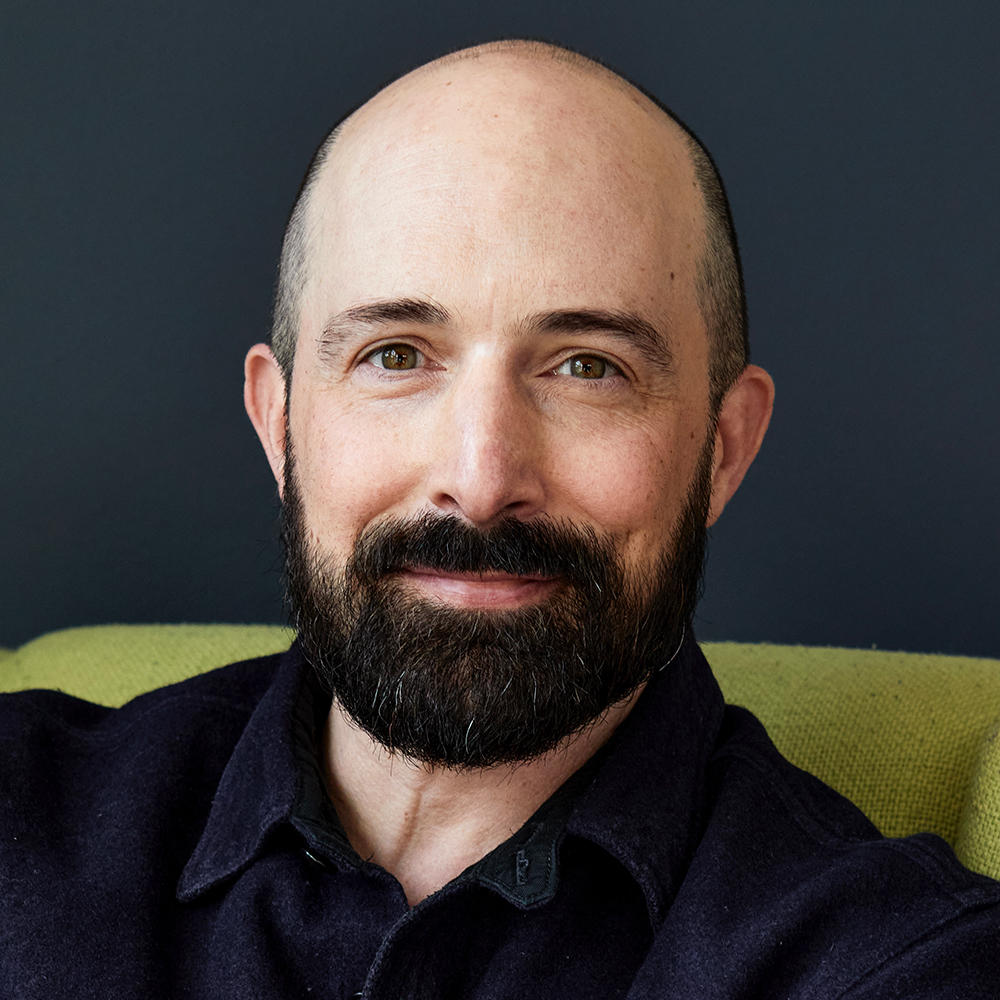About Henry

Henry H. Neff writes and illustrates critically-acclaimed fantasy for young readers and adults. His work includes the five-book Tapestry series, Impyrium, and his most recent novel, The Witchstone. A former teacher and Chicago-area native, Henry now lives in New Jersey with his wife, two sons, and a pair of rescue pups. For information on new releases, appearances, and teaching workshops, please sign up for Henry’s newsletter.
Signed & Personalized copies of Henry’s books can be purchased via Watchung Booksellers.

